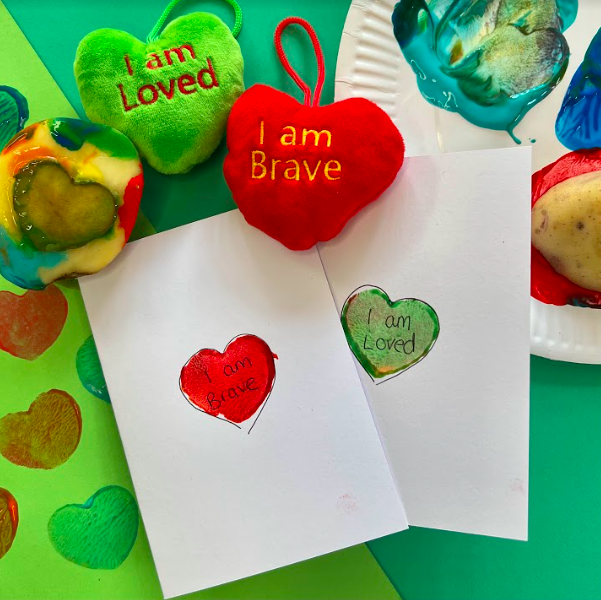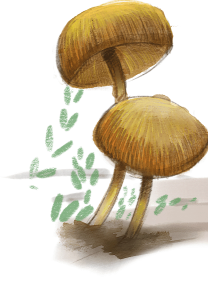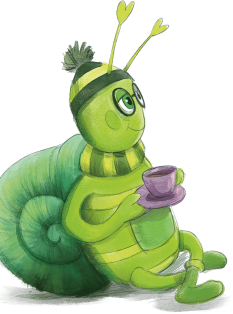When we look at a baby, we can easily view their developmental immaturity and dependency on adults. Babies need adults to understand their feeding requirements, provide help to get around and know what they want because they lack the language to express their own needs. Babies have different cries, but it can sometimes feel that mind reading is the real skill required. And even with the best attachments, babies can leave caregivers feeling confused about what babies need as they go through the list of whether they’ve been fed, changed, and comforted. If the baby continues to cry, the caregiver and baby can become distressed and inconsolable.
Hug-a-Bug’s Counsellor recalls a personal parental experience with her first born:
I remember one night when I felt out of my mind with worry as I couldn’t settle my daughter. She went from crying to completely inconsolable and struggling to breathe. There was nothing I could to do to settle her, and looking back now, she became panicked and I felt overwhelmed.
I was 24 years old, and was fortunate to have support from my husband. We passed our baby back and forth, trying to comfort her. She appeared uncomfortable after milk, and we thought she might have Colic. She was often like this after her milk, but this time it seemed worse. I gave her drops to help, held her upright, and rubbed her back. Nothing helped. What else could it be? We were all totally overwhelmed with emotion. The more she struggled, the less I seemed able to help and ended up on the verge of taking her to hospital when she finally settled down.
If I knew then what I know now, I would have realised that her little tummy needed time to get used to everything and she was probably feeling as overwhelmed as I was.
I am a sensitive person who needs breaks from noise, light, and social events. I like to reach my relaxed baseline before getting back out there again. Is that what was happening to my daughter that night? Was her nervous system overwhelmed? Did I add to that with my distress – most likely!
New-born babies do not have a fully developed nervous system and can become overwhelmed with different stimuli. Different sensations in their bodies, from noise, lighting, being handled, food and quick changes can impact them so much more than we often realise. Imagine what a drastic change it is for them to be expelled from the womb and delivered to the outside world. The impact of that change is further heightened if the birth is traumatic. There are so many new sensations for a baby to absorb in their first months. They constantly deal with new experiences until some of those things become familiar through repetition, such as, physical touch, the routine of being fed and what that tastes like, knowing that the caregivers they become familiar with are going to return. Before they recognise the familiar or when change happens frequently or urgently, they can get stressed and overwhelmed.
Our Hug-a-Bug World Counsellor has worked with many clients who have experienced trauma in their life, and in particular with families and caregivers of young children. This experience is woven into the content of all our information to provide insights into what some people go through and the effects it can have on them. Building our understanding of what others go through increases our ability to empathise with others. We can then teach children what it means to consider things from the perspective of walking in someone else’s shoes. It also helps us to see how resilient some people truly are, given what they go through.
When someone has experienced trauma, it can be difficult to deal with a baby’s needs if they already experience fears and suffer with anxiety. Sometimes, the difficulties a baby experiences and how they release that through crying, screaming or resistance can trigger discomfort in a caregiver at a minimum. When layered with trauma responses, these experiences can build up, creating stressful experiences. Traumatic events impact a person’s nervous system, which is felt in the body and stored just like a memory in the brain. These stored ‘nerve memories’ can impact the relationship with a baby and make the relationship less than harmonious.
The good news is that there are tools, techniques, and strategies to help in these situations. Means to regulate and soothe the nervous system rather than feeling debilitated. They calm the system to aid clearer thinking and reduce the physical symptoms that can leave a person feeling like they’re spiraling out of control. Some of these techniques are also useful to help soothe the baby’s nervous system when they are agitated, restless or inconsolable and their stress responses start to take over.
Our hope with Hug-a-Bug World is that parents work through our books and toys with the same understanding and perspective. Our books encourage a relaxing time with your child, and as they develop, they will learn from the books. By forming a regular pattern of reading with them at relaxing times you will help them to learn how to relax their nervous systems. And as they develop, they will begin to learn to do it for themselves when you are not around.
We use soft and tactile materials with our toys, and our stories evoke a sense of peace and acceptance, all of which help to soothe children and relax their nervous system. They can help you with babies, right through to our target readers aged 3-5 and even older children who may be struggling with their emotions. Perhaps reading to your baby or showing the toys may also soothe you as well, when nothing else seems to work or simply to help you build a bond with your little one.
Form good attachments through relational play, and you will learn about your child’s likes and dislikes in the way they respond. When our nervous system is heightened excessively, we are not always able to enjoy, absorb and retain information. But when you read gentle words with a little rhyme, in a light and calm voice, you can create a positive, reassuring, and relaxing time for you and your child.
Building patterns and routines with your child helps them to feel safe and secure. And by teaching them ways to soothe themselves, they will cope better at difficult times when they feel themselves needing to calm their feelings.
Sensory and tactile techniques are more commonly used with children who experience issues with their general development, sight or physical abilities. Creating experiences with different textures and materials, foods, messy play, and music can give them many other ways to learn and relax when language, movement or comprehension may be challenging. Sensory rooms designed to help children learn, play and relax in a safe environment provide inputs to aid their development in a way that suits them rather than forcing conventional approaches that cause frustration and stress. The correct choice of lighting and the types of toys and equipment selected can relax a child and make them feel safe.
When children are handled excessively, moved around a lot, experience medical procedures in their early years or, their nervous system can be impacted along the way. The more time children spend away from their main caregiver, they are more likely to need comforting to soothe them in their carer’s absence. Children can also go through many transitions like staying with other people, daycare, nursery, and school. With the help of an adult, the Hug-a-Bug books can calm, comfort, and relax the nervous system, support learning, social and emotional development. Children can have difficulty coping and learning if their minds and nervous systems are triggered or overwhelmed or if they lack consistency in their life. We want all children to cope with life, be confident, and have a strong sense of self-worth.
We felt it was crucial to have a soft toy alongside our books to give a feeling of comfort to children while going from one place to another. We wanted to create an enjoyable experience with you, the toy, and the books. Your child can hug the soft toy as they transition to other places or caregivers, helping to maintain a calm, comfortable and consistent state.
Our thinking behind Hug-a-Bug World:
- Hug-a-Bugs are made from soft and tactile materials
- They consist of primary colours to aid sensory learning
- They bugs have arms to hug
- They have pockets with hearts and affirmations to help build resilience
- Hug-a-Bugs are all different in how they look, their attributes and their names reflect nature, strength, and the world.
Hug-a-Bugs are there to comfort you because they love hugs like me and you.




